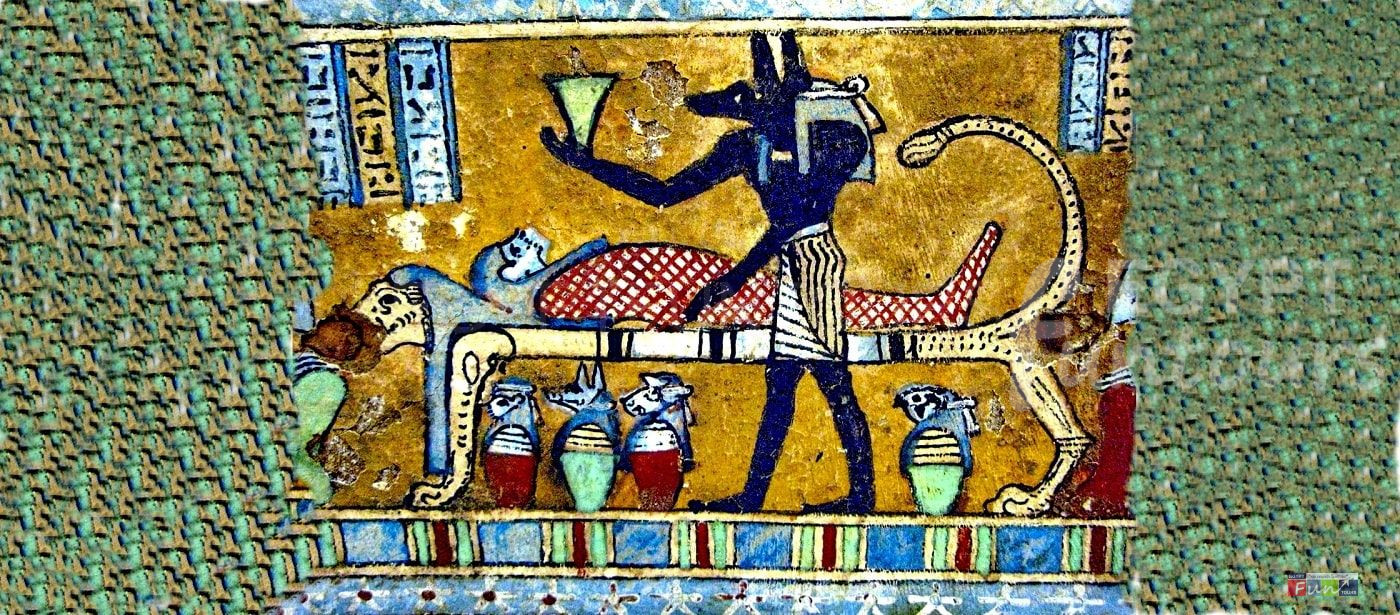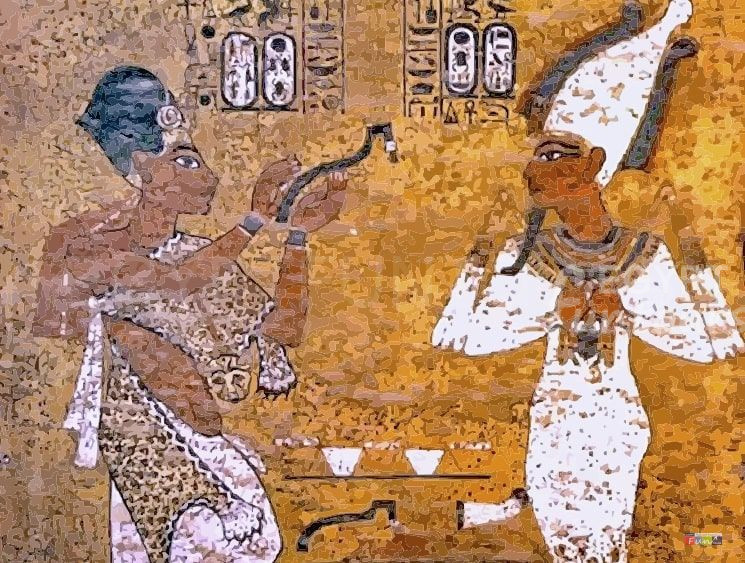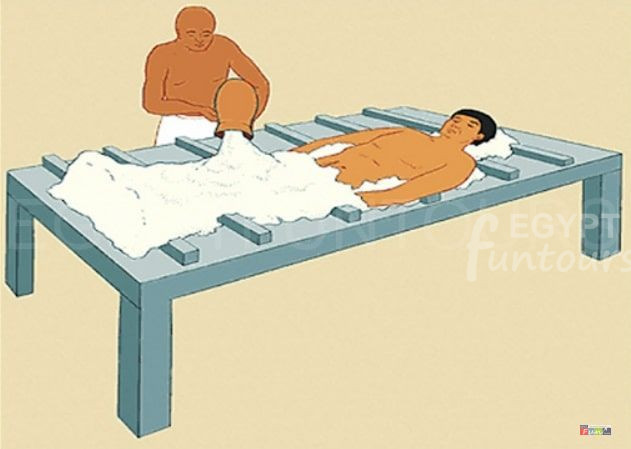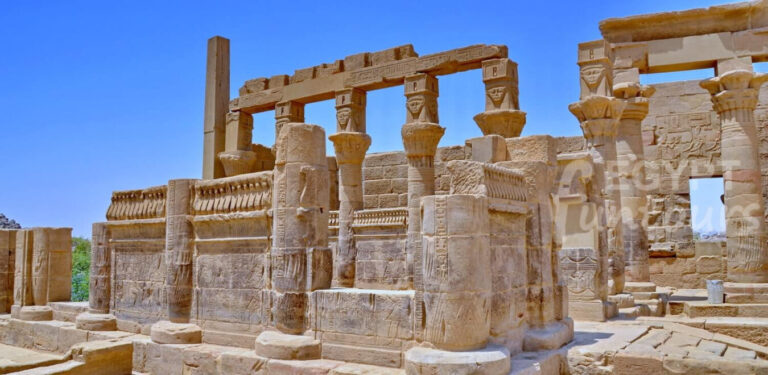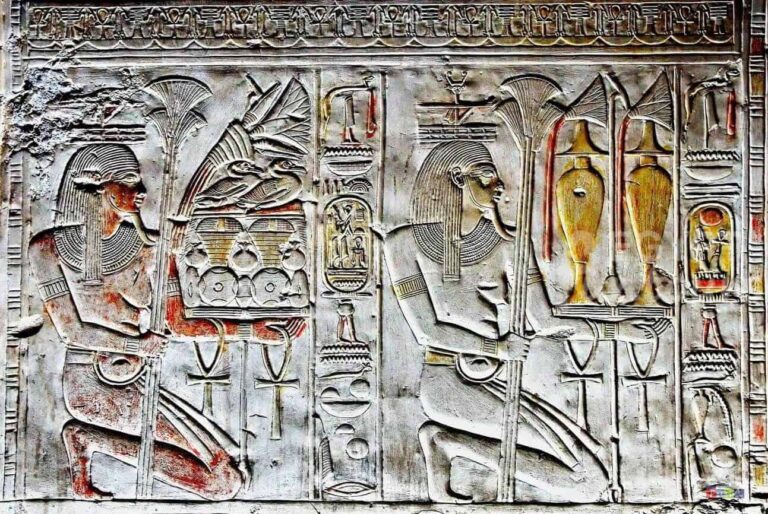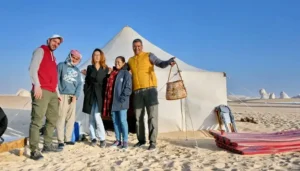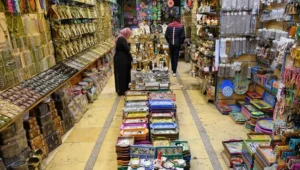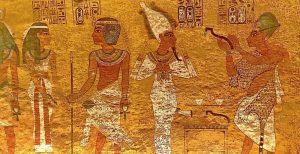70-Day Process: A Step-by-Step Guide
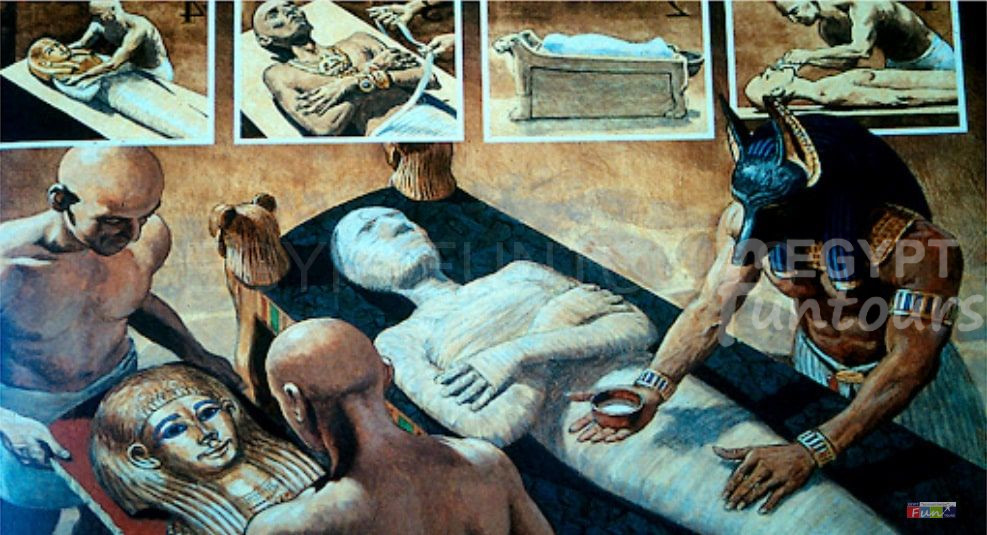
The complete mummification process for a wealthy individual was a fixed 70-day ritual. Here’s how the ancient Egyptian embalmer and his team preserved a body.
1. Purification & Brain Removal (Days 1-3)
First, the team took the body to the Ibu (“Place of Purification”) and washed it with blessed water from the Nile and palm wine.
Then, the Hery-Seshta (the chief ancient Egyptian embalmer) began the first grim task: removing the brain. Since the Egyptians didn’t value the brain, he unceremoniously pulled it out through the nostrils using long, metal hooks. He then rinsed out the skull.
2. How the Embalmer Removed Internal Organs (Days 4-15)
The chief ancient Egyptian embalmer made a sharp incision on the left side of the abdomen. Through this opening, he skillfully removed the stomach, intestines, liver, and lungs.
He almost always left the heart inside the body. Egyptians believed the deceased would need their heart for judgment in the afterlife.
3. The Canopic Jars (Sacred Storage)
The ancient Egyptian embalmer also preserved the removed organs. The team washed them, dried them in salt, and placed them into four special containers called canopic jars. One of the Four Sons of Horus protected each jar:
- Imsety (human-headed): Guarded the liver.
- Hapi (baboon-headed): Guarded the lungs.
- Duamutef (jackal-headed): Guarded the stomach.
- Qebehsenuef (falcon-headed): Guarded the intestines.
4. How the Ancient Egyptian Embalmer Used Natron (Days 16-50)
This was the most crucial stage for preservation. The ancient Egyptian embalmer cleaned the body cavity and temporarily stuffed it with linen to hold its shape.
Then, the team completely covered the entire body in natron, a natural salt compound. This powerful dehydrating agent pulled all the moisture from the tissues, stopping bacterial decay. The team left the body to dry for 40 days.
5. Restoration & Anointing the Body (Days 51-60)
After 40 days, the body was perfectly preserved and leathery. The embalmers removed the temporary stuffing and washed the body again.
The Hery-Seshta would then “restore” it. He packed the sunken body cavity with linen, sawdust, and spices to create a full, lifelike shape. The team rubbed the skin with sacred oils, perfumes, and resins (like myrrh) to make it supple and fragrant. Finally, they placed false eyes, often made of stone or glass, in the sockets.
6. The Final Wrapping by the Embalmer’s Team (Days 61-70)
This was the final, meticulous stage. The Hery-Tep recited spells while the bandagers (Wetyu) wrapped the body in hundreds of yards of high-quality linen.
- The team placed Amulets (like the Ankh, the Eye of Horus, and the Djed pillar) between the linen layers to provide magical protection.
- They often placed a special heart scarab beetle amulet over the heart with a spell urging it not to betray the deceased during judgment.
The bandagers wrapped a final shroud around the body and placed a painted portrait mask over the head and shoulders.
7. The Final Ritual: Opening of the Mouth
Just before the team placed the mummy in its coffin, the Hery-Tep (Lector Priest) performed the Opening of the Mouth ceremony. Using special tools, the priest would touch the mouth, eyes, nose, and ears of the mummy mask.
Egyptians believed this magical ritual reawakened the senses, allowing the deceased to see, hear, speak, and eat in the afterlife.

